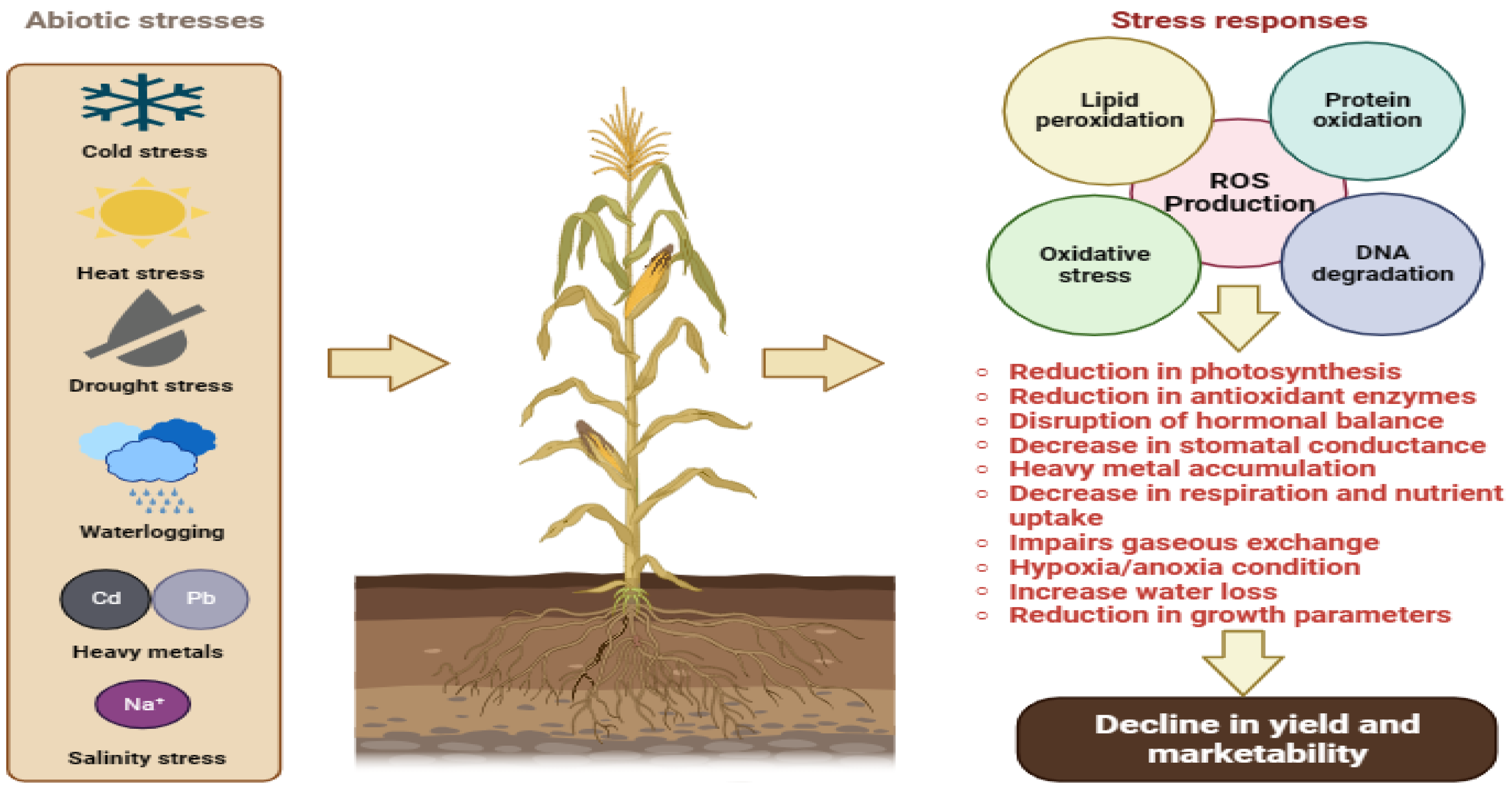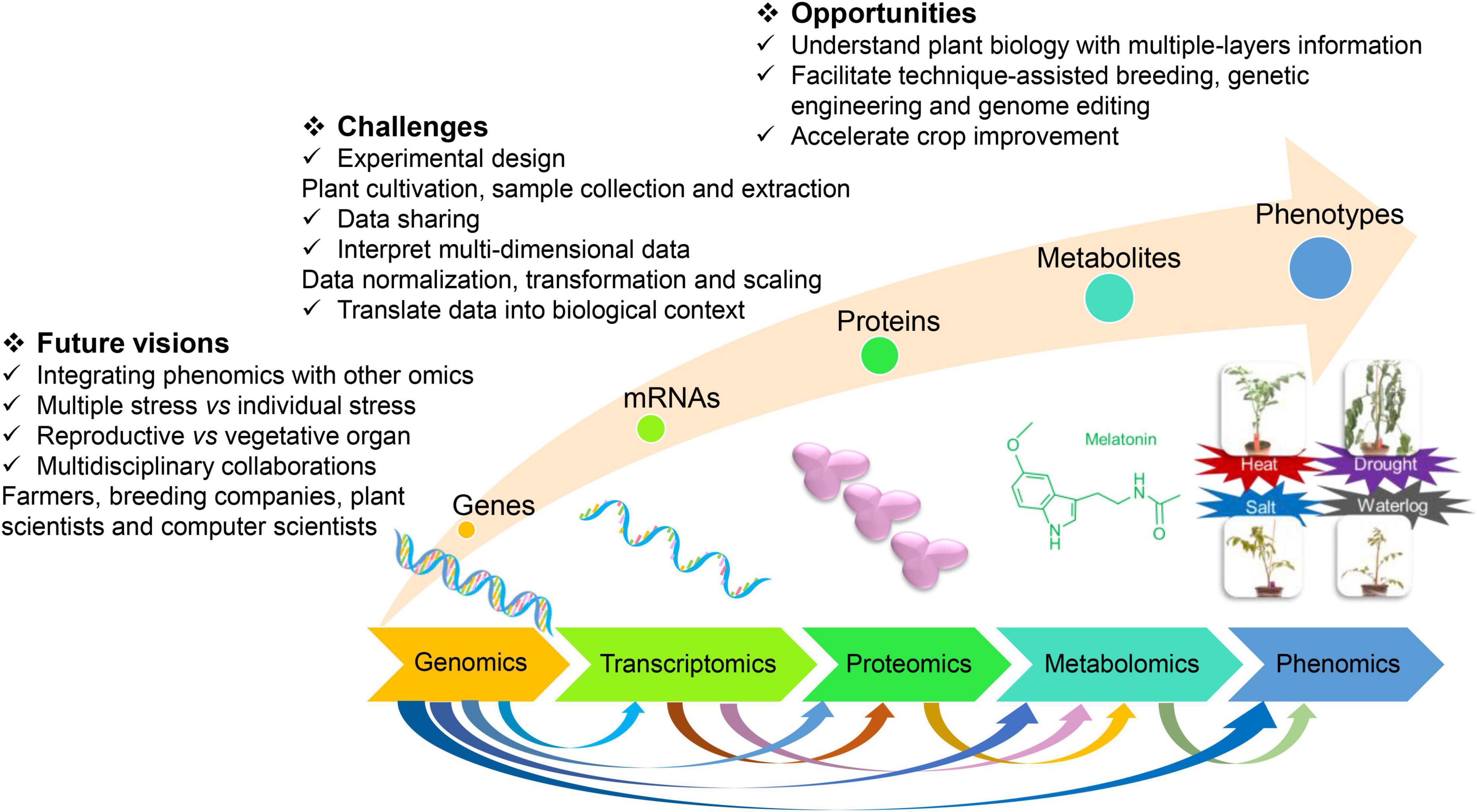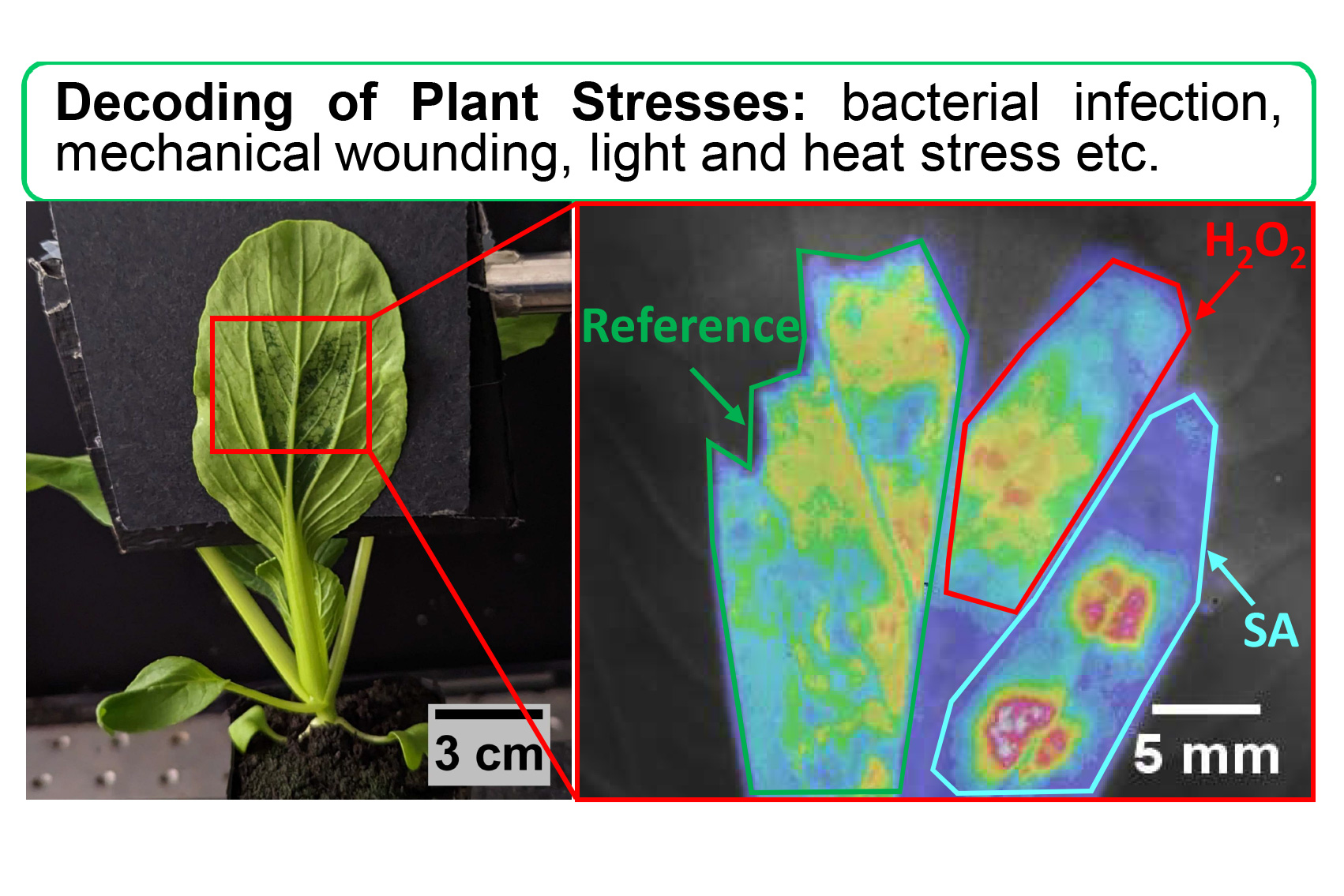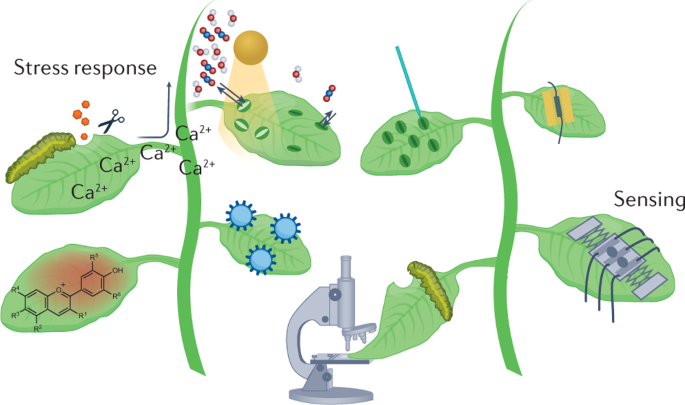Are you feeling the heat when it comes to caring for your crops? You’re not alone.
Heat stress is a silent enemy that can wreak havoc on your plants, reducing yields and affecting quality. But here’s the good news: you can take control and protect your crops from this invisible threat. You will discover easy, actionable steps to monitor and respond to heat stress effectively.
Imagine the peace of mind knowing that your crops are safe, thriving, and producing at their best. Stay with us, and you’ll learn how to safeguard your agricultural investment against the scorching sun. Let’s dive in and empower you with the knowledge to keep your crops cool and flourishing.

Identifying Heat Stress Symptoms
Spotting heat stress in crops is crucial to prevent damage. Look for signs like wilting leaves and yellowing. Monitor soil moisture and temperature to respond quickly and protect your crops.
Monitoring and responding to heat stress in crops is vital for ensuring healthy yields and sustainable farming practices. Identifying heat stress symptoms early can make all the difference between a thriving field and a struggling one. Understanding these symptoms is not just about saving crops; it’s about ensuring your hard work pays off.Understanding Leaf Curling And Wilting
Leaf curling and wilting are often the first visible signs of heat stress. When your crops’ leaves start curling at the edges or drooping, it’s time to take action. These symptoms indicate that the plants are losing more water than they can absorb, often due to excessive heat. Have you noticed your plants looking tired despite regular watering?Spotting Discoloration
Discoloration in leaves is another symptom that shouldn’t be overlooked. Yellowing or browning of leaves can signal that your crops are under stress. It’s not just about the color; the texture of the leaves may change too, becoming brittle or papery. Have you ever seen your vibrant greens transform into a dull shade?Recognizing Stunted Growth
Heat stress can stunt your crops’ growth, leading to smaller plants and reduced yield. If you notice that your crops are not reaching their expected height or are slower in development, heat stress might be the culprit. Are your plants growing slower than usual this season?Observing Fruit And Flower Drop
Heat stress can lead to premature fruit and flower drop. This loss directly impacts your harvest and can be disheartening after months of nurturing your plants. If your fruits and flowers are falling off before maturity, it might be time to assess the heat conditions. Have you faced unexpected fruit drop that puzzled you?Detecting Root Damage
Though less visible, root damage is a critical symptom of heat stress. Roots affected by high temperatures may struggle to absorb water and nutrients, weakening the plant further. Regularly check your soil and root health to catch any issues early. Are your crops looking weak despite healthy leaves? Understanding these symptoms is the first step in combating heat stress. The earlier you identify them, the quicker you can implement solutions to protect your crops.
Monitoring Tools And Techniques
Monitoring heat stress in crops is crucial for ensuring optimal growth. Proper tools and techniques help in detecting stress early. This allows for timely interventions, preserving crop yield and quality.
Soil Moisture Sensors
Soil moisture sensors gauge the water level in the soil. They help farmers understand the hydration needs of their crops. These sensors provide real-time data, aiding quick decision-making. Proper soil moisture is vital in preventing heat stress.
Infrared Thermometers
Infrared thermometers measure leaf and soil temperature. They provide accurate temperature readings without contact. This tool helps identify heat stress before visible damage occurs. Early detection ensures prompt action to safeguard crops.
Weather Stations
Weather stations track environmental conditions. They monitor temperature, humidity, and wind speed. Farmers can predict heat stress risks using this data. Accurate forecasts lead to efficient crop management strategies.
Remote Sensing Technology
Remote sensing uses satellite images for monitoring crop health. It identifies stress patterns over large areas. This technology provides a comprehensive overview of field conditions. Farmers can plan interventions based on broad data insights.
Crop Stress Monitoring Apps
Smartphone apps offer accessible crop monitoring solutions. They analyze data from various sources to assess stress levels. These apps provide alerts for timely action. Farmers get real-time updates on crop health, enhancing responsiveness.
Effective Response Strategies
Heat stress poses a significant threat to crop health and yields. Effective response strategies can mitigate these impacts. Understanding how to respond promptly is crucial. These strategies ensure crops remain resilient during heat waves.
Adjust Irrigation Practices
Increasing water supply during heat stress is essential. Frequent, shallow watering is beneficial. It prevents soil from drying out too quickly. Drip irrigation systems offer targeted moisture. They reduce water wastage and maintain soil moisture levels.
Utilize Shade Cloths
Shade cloths protect crops from intense sunlight. They reduce temperature and water loss. Different cloth densities offer various levels of protection. Choose based on crop needs and heat intensity. Ensure proper installation to maximize effectiveness.
Enhance Soil Health
Healthy soil retains moisture better. Adding organic matter improves soil structure. It increases water retention and reduces evaporation. Mulching is another effective method. It insulates soil and conserves moisture.
Implement Crop Rotation
Rotating crops helps manage soil nutrients. It reduces stress and improves resilience. Different crops have varying heat tolerance levels. Select those suited to high temperatures. This strategy maintains productivity and soil health.
Deploy Heat-resilient Varieties
Planting heat-tolerant varieties can withstand higher temperatures. Research and select breeds that thrive in your climate. These varieties often require less water. They provide a reliable yield during heat waves.
Monitor Weather Forecasts
Stay informed about upcoming heat events. Use forecasts to plan irrigation and shading. Timely actions reduce the impact of heat stress. Regular updates help adjust strategies accordingly. A proactive approach ensures crop safety.

Conclusion
Heat stress in crops requires careful monitoring and timely response. Using tools like soil sensors helps detect stress early. Regular checks and adjustments in watering prevent damage. Shading techniques protect crops from extreme sunlight. Nutrient management supports plant resilience. A healthy crop is less susceptible to stress.
Keep learning about new methods and tools. Every effort counts in safeguarding your crops. Implement these strategies effectively for better yields. Your crops will thank you.



